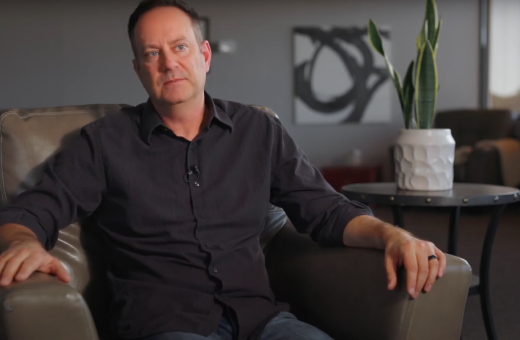By Dr. Floyd Godfrey
Many individuals who’ve experienced emotional trauma or ongoing distress unconsciously develop defense mechanisms that serve to protect them from further pain. Claudia Black (1999) eloquently captures this reality, stating, “Rage, depression, victimization, addictions, compulsions, perfectionism, and procrastination—these are some of the responses to having lived with fear and pain” (p. 49). These defenses, though often maladaptive, arise from a deep-seated need for safety and control. Mental health professionals and clients alike can benefit from recognizing these responses not as moral failings but as survival strategies developed in response to overwhelming circumstances.
Educational Strategies
Understanding the function of defenses is a vital first step in working toward emotional healing. Black (1999) further explains, “Such responses often became protectors. They offer ways to control the pain itself and/or control the source of the pain” (p. 49). This protective framework is especially evident in clients who have experienced childhood trauma, neglect, or abandonment. For instance, perfectionism may provide the illusion of control in a world that once felt chaotic, while procrastination may serve to delay triggering tasks that remind an individual of failure or judgment.
Educating clients about the psychological function of their defenses helps to reduce shame. When they begin to understand that these patterns once served a purpose, they can move from self-condemnation toward compassion. This reframe also provides a more solid foundation for therapeutic progress, allowing clients to see their behaviors through the lens of adaptation rather than pathology.
The Role of Therapeutic Intervention
Therapy becomes a crucial space for unpacking these defenses and understanding their origins. Cognitive-behavioral strategies, for example, help individuals identify the core beliefs underpinning their protective behaviors. If a client’s procrastination is rooted in fear of judgment, therapy can gently explore the early experiences that instilled such fear. Likewise, emotion-focused therapy may allow clients to sit with previously avoided feelings, fostering emotional resilience rather than evasion.
Group therapy and support networks also provide powerful mirrors. When clients hear others describe similar coping mechanisms, a sense of universality often replaces isolation. This community context normalizes emotional pain and creates opportunities to test new, healthier responses in a safe environment.
Professionals should also be aware of the neurological dimension of these defenses. Trauma research shows that when a person is repeatedly exposed to emotional pain, their brain develops pathways that reinforce avoidant or reactive behaviors. Thus, helping clients create new patterns isn’t merely about choice—it’s about rewiring the brain through repetition, safety, and emotional attunement.
Hope in the Healing Process
The journey from defense to healing is gradual, but deeply transformative. As clients learn to honor the reasons behind their emotional defenses, they open the door to new, more authentic ways of living. Rather than battling their responses, they can thank them for their service—and then begin to let them go.
Encouraging clients to become curious about their behaviors rather than critical supports long-term growth. With compassionate guidance, they can unlearn what once protected them and embrace new patterns rooted in trust, resilience, and self-worth.
Floyd Godfrey PhD is a Certified Mental Health Coach and has been guiding clients since 2000. He currently speaks and provides consulting and mental health coaching across the globe. To learn more about his services please visit his website: www.FloydGodfrey.com.
References
Black, C. (1999). Changing course: Healing from loss, abandonment and fear. MAC Pub.



